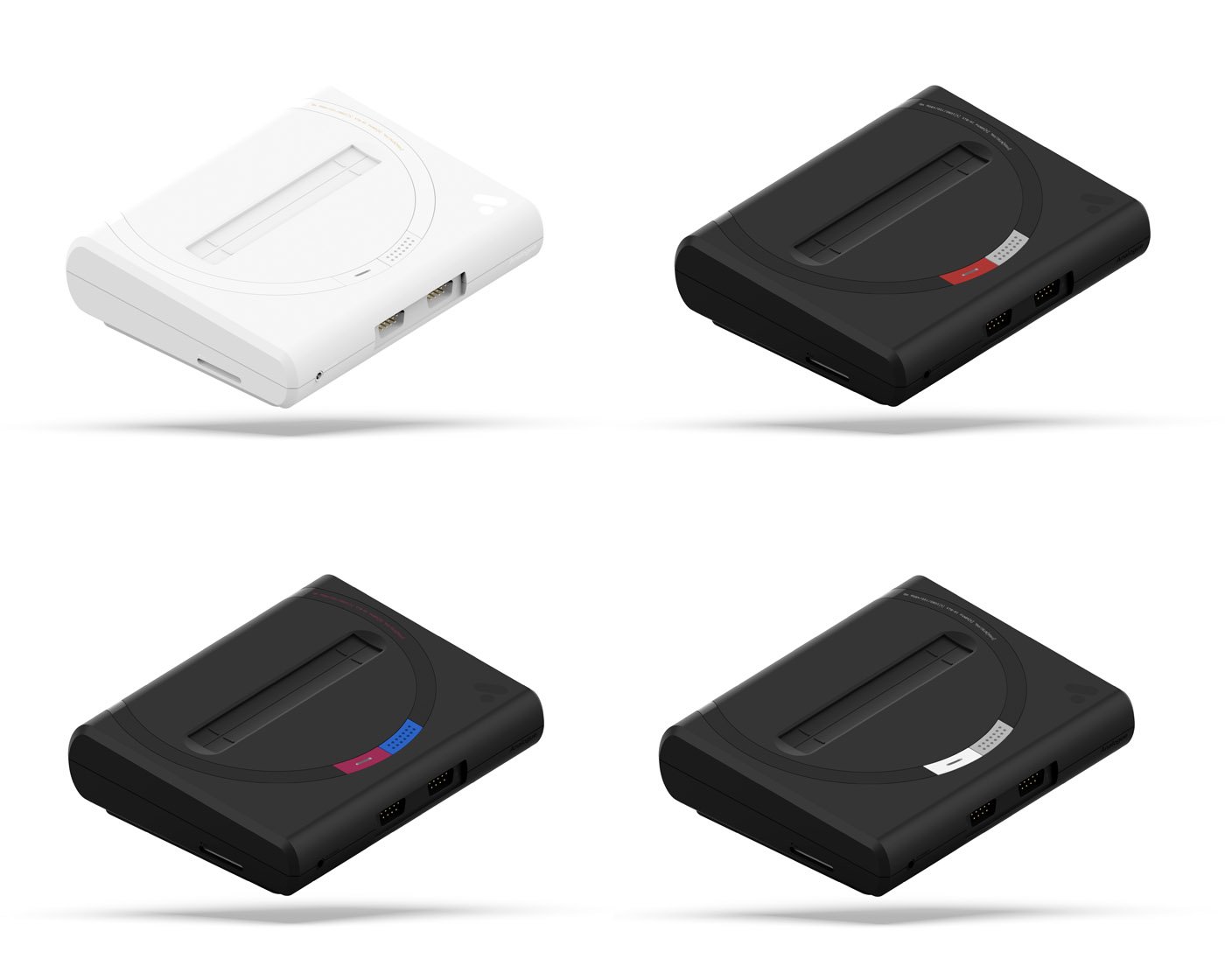If you want to play some old Sega games, you have no shortage of options. You can get the Genesis Classics collection on PC and consoles. You can grab the classic hardware and physical games. Or maybe you could use a downloadable emulator. But in 2019, all of those options either come with compromises or require some extra steps. And those are problems that Analogue aimed to solve with its new Mega SG console.
Software emulation can often have a lot of issues with accuracy. And even if you get a set up working, unrelated updates to graphics drivers can potentially cause headaches. Playing on classic hardware is great — just not on modern displays. You can solve that by getting a CRT for old games or by getting something like the Open-Source Scan Converter (OSSC). But Analogue created an alternative that is arguably more convenient and affordable.
The Mega SG is shipping now for $190. It’s a box that plays many retro Sega releases over HDMI without introducing any extra lag or latency.
Analogue has done this before with the Nintendo Entertainment System and Super Nintendo, and now it’s Sega’s turn.
June 5th: The AI Audit in NYC
Join us next week in NYC to engage with top executive leaders, delving into strategies for auditing AI models to ensure fairness, optimal performance, and ethical compliance across diverse organizations. Secure your attendance for this exclusive invite-only event.
What you’ll like
Impressive compatibility
The design echoes original Sega hardware. You can get it with color accents that mimic the Japanese or European Mega Drive or the American Genesis. It also includes the official Genesis controller ports, so your old gamepads will work. But 8BitDo (a sister company of Analogue) sells the M30 controller that is a wireless update of the 6-button Genesis gamepad.
But this dedication to authenticity isn’t just for show — it’s at the heart of what Analogue is doing with its devices.
The Analogue Mega SG is capable of running Genesis and Mega Drive cartridges as well as Sega Master System with an included adapter. Analogue is also releasing adapters to play Mark III, Game Gear, Sega MyCard, SG1000/1000II, and SC-3000 games.

Above: The Mega SG comes in four different colors configurations.
But it doesn’t run these games on a RetroPi and software emulator. Instead, it re-creates the actual hardware using field-programmable gate array (FPGA) chips. With an FPGA, Analogue engineer Kevin “Kevtris” Horton can essentially force a modern piece of silicon to behave exactly like Sega’s original hardware. And then Analogue adds HDMI video and a layer of customization to make Sega classics run well on modern displays.
The result is a console that feels both new and 30 years old.
Excellent accuracy
I was a Nintendo fanboy growing up. I didn’t want to waste my limited birthday and Christmas gift requests on anything that wasn’t an NES and later a Super Nintendo game. The reason I’m bringing this up is because even I notice bad Genesis emulation — especially when it comes to sound.
My primary experience with Sega hardware as a kid was at my friend’s house. And yet, even I notice bad Genesis emulation. Even official Sega releases struggle to re-create tunes like Yuzo Kushiro’s music in Streets of Rage 2.
The Mega SG doesn’t have this problem. It plays every game I tested exactly like original hardware. It’s likely that people will eventually find games that do behave strangely — this happened with Analogue’s Super NT. But Analogue is usually excellent at quickly updating its firmware to address those problems. It has already done that with the Mega SG prior to its release.
Tons of options
The Mega SG may run games like original hardware, but it gives you a lot more control over how they display on your TV.
You can run the game at a number of resolutions and either the standard 60 frames per second or the PAL-friendly 50fps. The video options also include customizable aspect ratios and scaling. This enables you to fill as much of a modern screen as possible without severely distorting the image.
You can also add software scanlines that emulate the look of a CRT on a modern flatscreen. If you dive into the Advanced video options, you will find plenty of features to make scanlines and everything else look as accurate as possible. You can turn up the gamma, for example, to give the visuals that glowy CRT look even when scanlines are darkening the image. You will even find a dither-blending option, which tries to create transparencies out of pixelated water and shadows.

